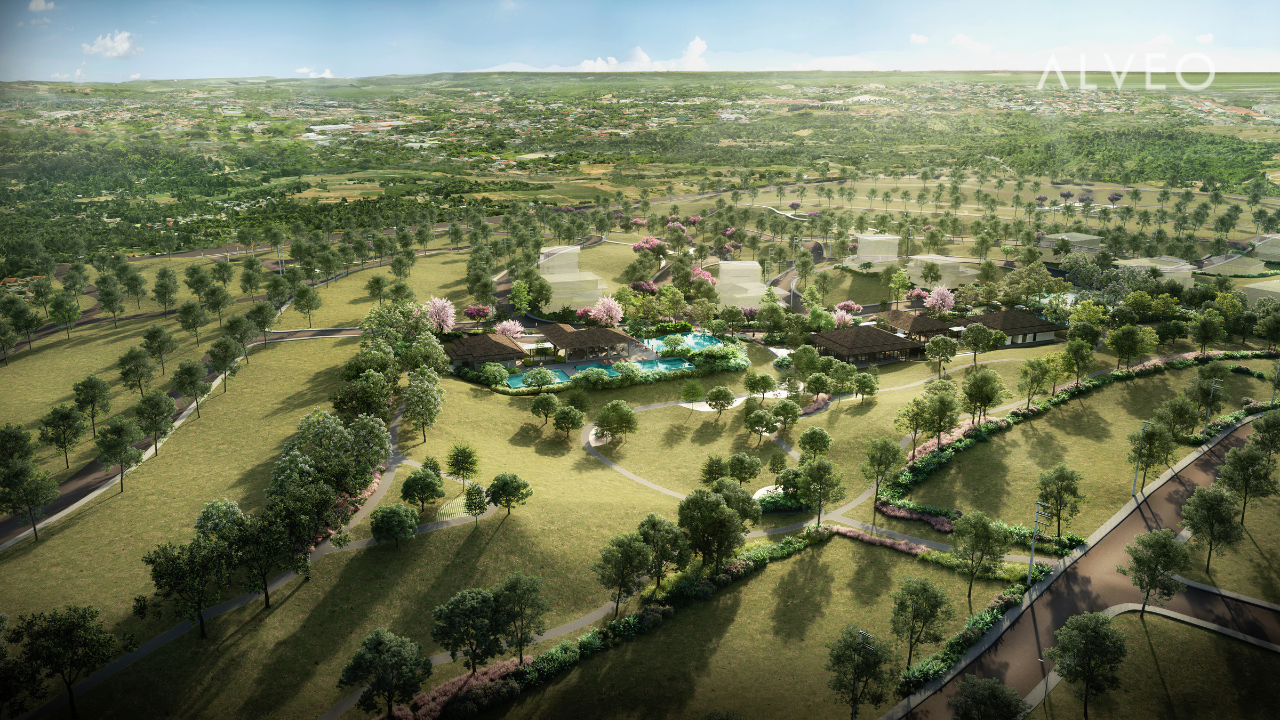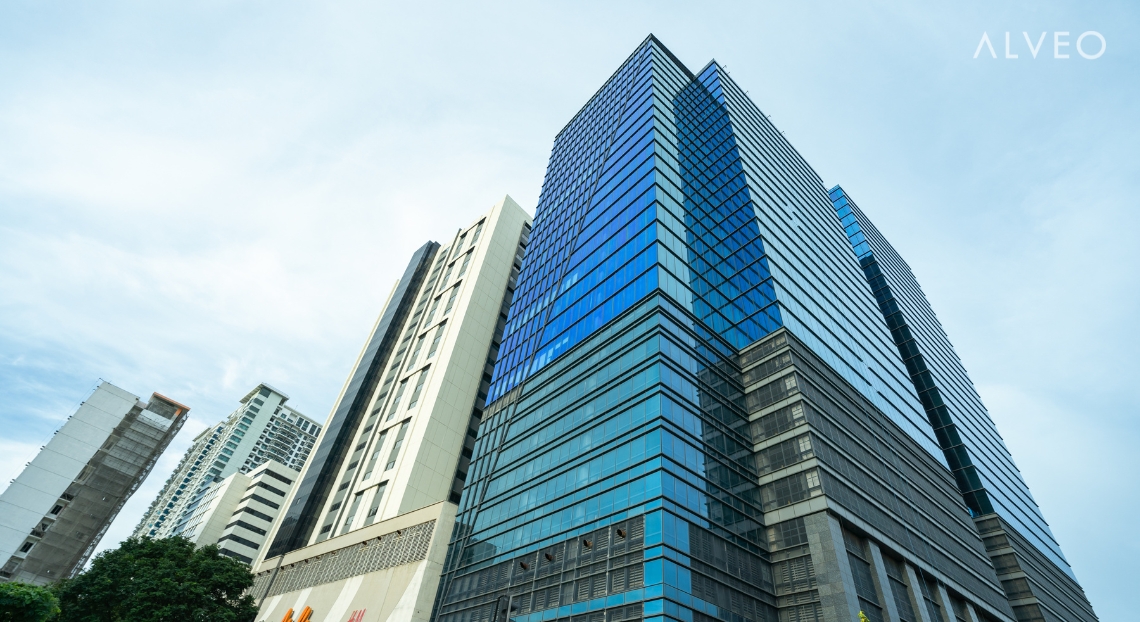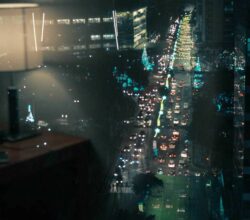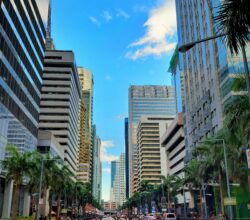The call for sustainable living has intensified as we all struggle with extreme weather events. For top-level professionals and discerning real estate investors, the appeal of a comfortable lifestyle that also prioritizes environmental stewardship has become a compelling priority. This shift in expectation is driving urban living goals with many would-be buyers aiming for spaces that respect the environment. But what does sustainability in the metro look like? Here’s an overview:
Climate and Urban Design
The foundation of sustainable architecture lies in a thorough understanding of the local climate. In a tropical country, this means incorporating design strategies that maximize solar gain and harmonize with the natural landscape. The end goal of these steps is to allow both residential and commercial buildings to boost energy efficiency and indoor comfort by reducing artificial heating or cooling.
Incorporation of Green Spaces
Urban green spaces improve air quality, reduce heat, and support biodiversity, promoting a sustainable environment. They provide recreational areas for well-being and foster community connections. By integrating nature, these spaces help manage resources and enhance resilience, making cities healthier and more sustainable.

An artist’s perspective of Sereneo in Nuvali, where five hectares are dedicated to parks and open spaces, and all lots are within a 200-meter radius.
Water Management
Efficient water management includes strategies to minimize water wastage and ensure the delivery of high-quality water. Peak building designs should incorporate rainwater harvesting systems and water recycling processes that at the very least, reduce the use of non-potable water. Relying on harvested water to flush the toilet, water plants, or clean rooms can all contribute to the sustainability of a property’s operations.
Renewable Energy Integration
The integration of renewable energy sources such as solar panels into urban buildings is a growing trend. In fact, the government, through RA 9513 or the Renewable Energy Act, has incentivized the use of renewable energy for companies. This move towards self-sufficiency helps reduce the carbon footprint of buildings and promotes energy independence. By generating their power, urban spaces can operate more sustainably and pave the way towards a greener environment.
Sustainable Materials and Construction Methods
Modern urban spaces are increasingly constructed using sustainable materials that have a lower environmental impact. These materials are often sourced locally to reduce transportation emissions and include recycled steel, bamboo, and reclaimed wood. Modern construction techniques are also being used during the design and execution stage to guarantee the long-term sustainability of the structure. In fact, there are buildings in the Philippines that possess a Leadership in Energy and Environmental Design (LEED) Certification. The Stiles Enterprise Plaza at Circuit Makati was recently awarded the LEED Silver Certification, recognizing its commitment to sustainability and environmental stewardship.
Smart Technologies
Smart technology is becoming an integral part of a sustainable lifestyle. This can be seen in the rise of automated systems for lighting, heating, and cooling – all of which optimize energy use. Almost exclusively, manufacturers today are also selling only energy-efficient appliances that consume less power without compromising their effectiveness. These technologies not only improve sustainability but also offer its users a more customizable and comfortable living environment.
These features are just a glimpse into the transformative strategies being used to create sustainable urban living spaces in the Philippines. As urban developers continue to innovate, structures within our cities are only set to become more environmentally friendly and enjoyable. Contrary to the idea that a “sustainable” life means going back to pre-electricity basics, the future of urban living is really about blending technology and design with sustainable practices that consider the planet and the people who live in it.
Share








